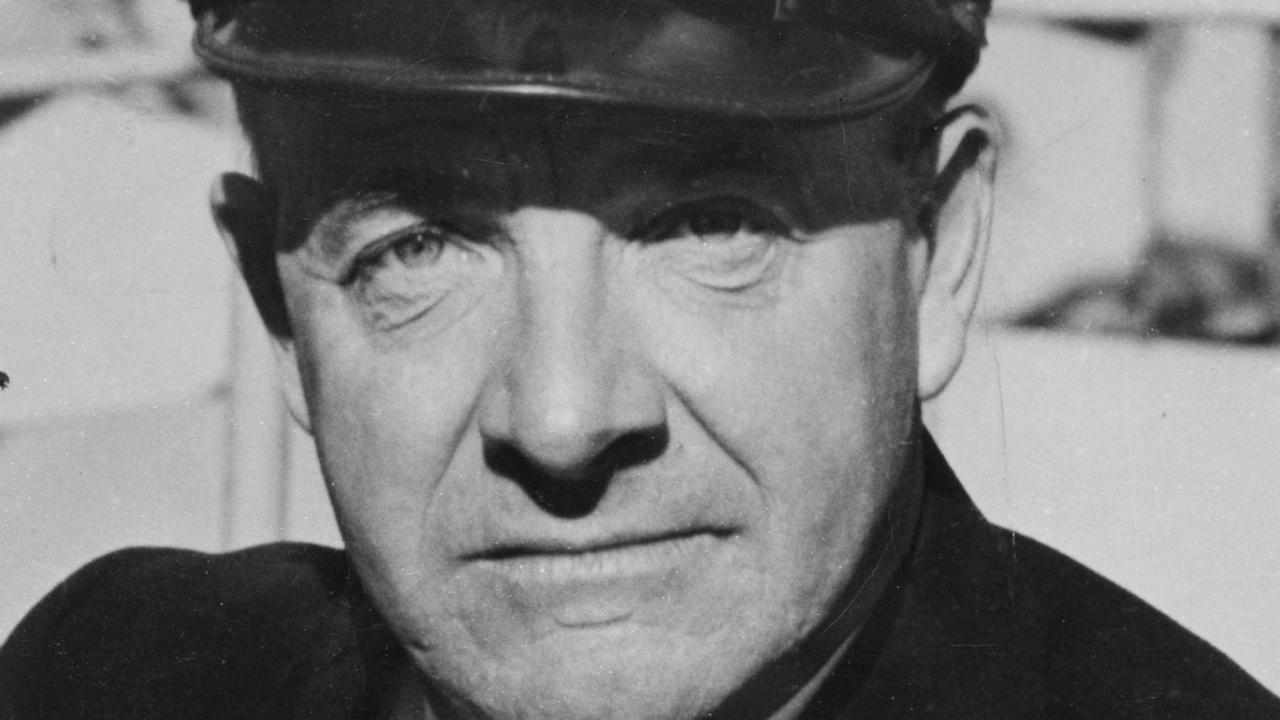US presidential assassins not all bang on target
PRESIDENT Gerald Ford thought Lynette “Squeaky” Fromme, who pulled a pistol on him in 1975, was “an aberration”.

Today in History
Don't miss out on the headlines from Today in History. Followed categories will be added to My News.
A FORTUNATE President Gerald Ford thought Manson Family disciple Lynette “Squeaky” Fromme, who pulled a pistol on him on September 5, 1975, was “an aberration”.
“There had been misfits and kooks in every society since the beginning of time,” Ford wrote in his autobiography.
“I didn’t think California harboured a larger number of these people than any other part of the country, so I wasn’t overly concerned about my personal safety when I returned to the state.” But Ford misjudged America’s hippy state: on September 22, 1975, Sara Jane Moore, a volunteer bookkeeper and FBI informant with revolutionary ambitions, pointed a revolver at him. Her shot missed, and wounded a taxi driver.
Fromme and Moore are among 10 successful and attempted assassins of American presidents cast as characters in the play Assassins, opening at the Sydney Opera House Playhouse tomorrow. Four sitting US presidents have been assassinated. Abraham Lincoln in 1865, James Garfield in 1881, William McKinley in 1901, and John F. Kennedy in 1963. Former president Theodore Roosevelt in 1912, and sitting president Ronald Reagan in 1981, were injured in attempted assassinations.
Up to 25 other attempts have been made on US presidents’ lives, including several on Lincoln’s life, the first on February 23, 1861. Known as the Baltimore Plot, it was a planned knife attack to kill Lincoln en route to his inauguration. In the next attempt, explosive expert Sgt Thomas Haney of the Confederate Torpedo Bureau was ordered to sneak into the White House and blow up the dining room while Lincoln was eating.


In July 1864, Lincoln was riding alone to the Old Soldier’s Home outside Washington, DC. A gun shot spooked his horse, and Lincoln arrived without his hat. Next day two soldiers found his hat, with a musket ball hole through it.
Actor and Confederate sympathiser John Wilkes Booth, who vehemently opposed the abolition of slavery in the US, succeeded where others had failed when he shot Lincoln on April 14, 1865, at Ford’s Theatre in Washington, DC.
The first ever assassination attempt on a US president was January 30, 1835, when unemployed house painter Richard Lawrence shot two pistols — both misfired — at Andrew Jackson as he walked through the Capitol building.
Puerto Ricans Oscar Collazo and Griselio Torresola stormed Blair House, across the street from the White House, as Harry Truman napped on November 1, 1950. The would-be assassins wounded two Secret Service officers and killed one White House security detail.
Depressed, poor, divorced and unemployed businessman Samuel Byck, who shot himself after shooting a police officer and a pilot in an attempt to hijack a plane to crash into the White House to kill Richard Nixon in February 1974, shared several characteristics with McKinley assassin Leon Czolgosz.
Born to poor Jewish parents in Philadelphia in 1930, Byck dropped out of high school at 14 to support his impoverished family. He enlisted in the US Army in 1954, was honourably discharged in 1956, married soon after. In 1972, he began to suffer depression, after his wife divorced him and many job failures. He admitted himself to a psychiatric ward where he stayed for two months. Later rejected for a loan, Byck focused his resentment on Nixon as the head of the US capitalist system.

Czolgosz, one of eight children, was born in 1873 to immigrant Polish-Catholic labourer Paul and his wife Mary. A hard worker, Czolgosz was also intelligent and an avid reader. But in 1893 his employer slashed his wages during a recession. Czolgosz joined strikers, but was black-listed when the industry recovered. As he witnessed violent strikes at factories where he and his brothers worked, Czolgosz became disillusioned with the disparity between rich and poor.
Taking the name Fred Nieman (or Nobody), he got back his factory job. But angry and frustrated, he was attracted to radical politics. After attending a speech by anarchist agitator Emma Goldman, Czolgosz adopted the cause.
A mental breakdown in 1898 left him emotionally and mentally unstable and he became more withdrawn. A newspaper report in July 1900 about anarchist Gaetano Bresci’s assassination of Italian King Umberto I inspired his attack on McKinley. Using the alias Fred Nieman at his arrest, Czolgosz said, “I killed President McKinley because I done my duty. I didn’t believe one man should have so much service, and another man should have none.”
At his trial Czolgosz’s defence argued he was sane, while Boston psychologist Lloyd Vernon Briggs decided he was not. Goldman defended Czolgosz, writing that he “belonged to the oppressed, to the Exploited and Disinherited millions, who lead a life of darkness and despair owing to those, of whom McKinley was one … he was one of the victims of the McKinley regimen and those McKinley catered to.” Czolgosz was executed by electric chair on October 1901.


